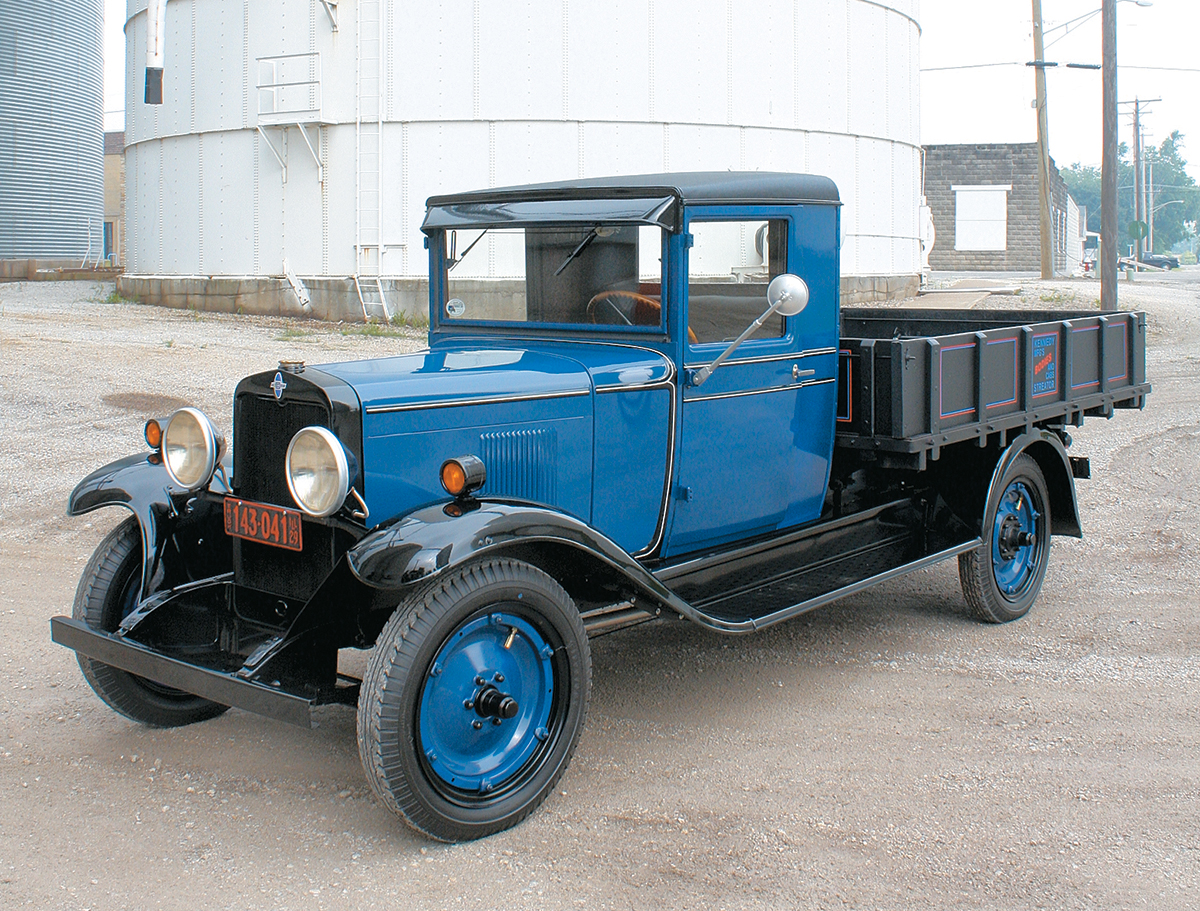
Note: The following story was excerpted from the June 2010 issue of Collectible Automobile magazine
By Don Sikora II
As America worked its way deeper into the Twenties, Chevrolet was roaring up the sales charts—just as Ford’s legendary Model T was running out of gas. When the last Model T rolled off the assembly line on May 26, 1927, it was nearly a given that for the first time Chevrolet would win the yearly new-car sales race. Ford’s Model TT trucks remained in production a bit longer, but Chevrolet claimed the 1927 truck sales crown as well.
Not content to stand still, Chevy upgraded its offerings for 1928. That was a good thing, because when Ol’ Henry introduced his new Model A in late 1927, it proved to be contemporary and highly desirable. Ford’s new Model AA truck lineup did much the same at the lower end of that important market. Both vehicles were well received by the public, but delays in getting the new Fords into full-scale production allowed Chevrolet to maintain the lead in car and truck sales.
More from the pages of Collectible Automobile Magazine
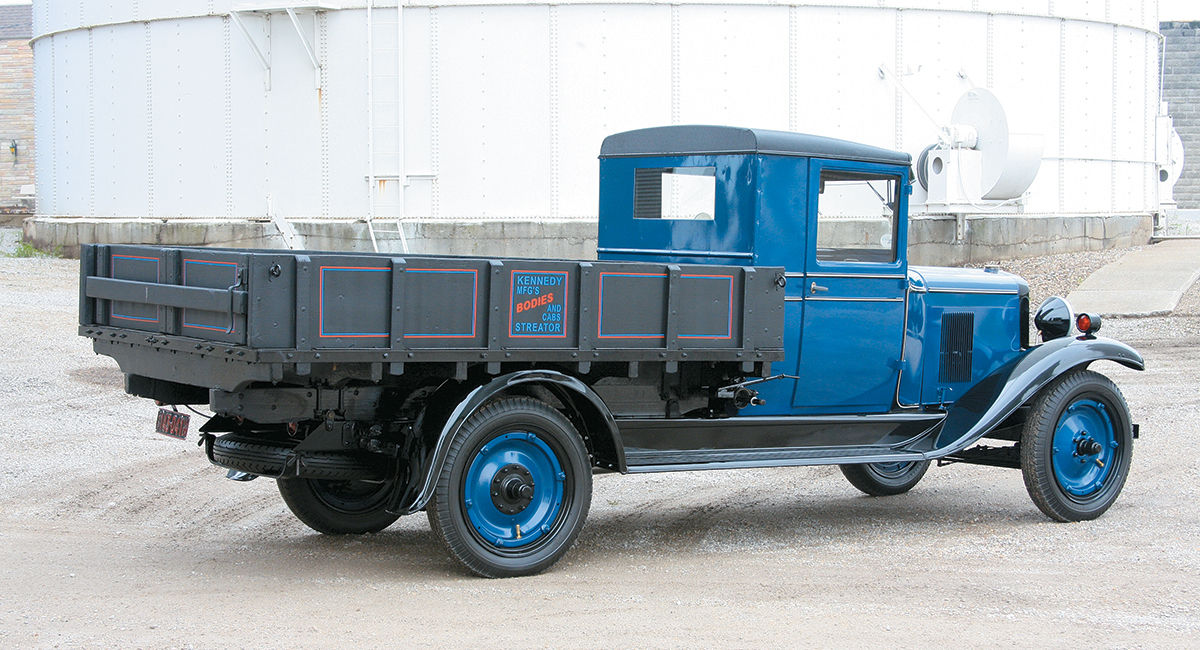
For 1929, Chevrolet landed a solid punch: a cast-iron ohv six-cylinder engine intended to hit Ford right on the chin. Chevrolet managers must have felt confident they could once again repel Henry Ford’s company in the annual car and truck sales races, now that they were offering six-cylinder products for little more than the cost of a comparable four-cylinder Ford.
Photo Feature: 1951 Studebaker 2R6 Delivery Van
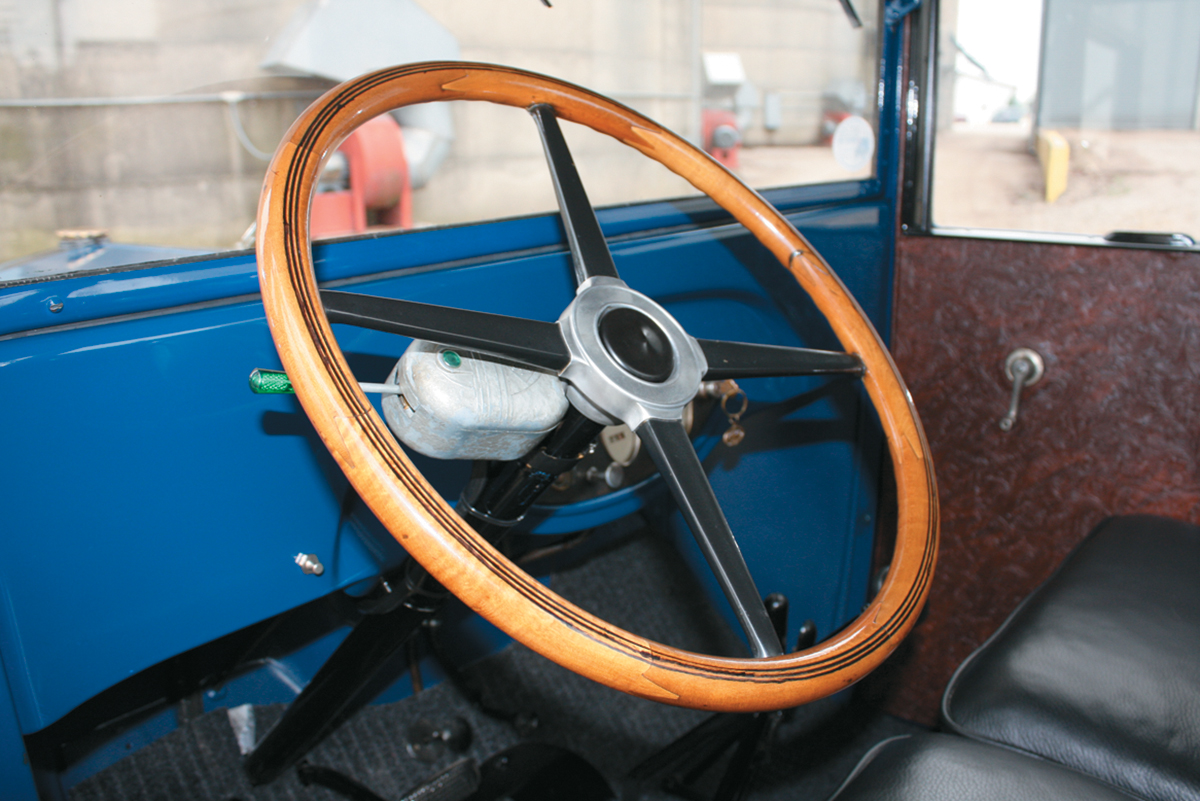
Cost was certainly a factor with the soon-to-be-famous “stovebolt” six, so budget-friendly features like cast-iron pistons and non-pressurized lubrication were utilized. Displacement was 194 cubic inches, and the new engine’s rated horsepower was 46. For comparison, the four used by the bowtie brand the previous year made 35 hp and Mr. Ford’s Model A was good for 40 horsepower.
Chevy’s largest trucks in 1928 were in Series LO and rated at one ton. Over at Ford, when the AA replaced the TT for ’28, the rating increased from one ton to 1½. To stay competitive, the LO’s successor for 1929, the LQ series, was also rated at 1½ tons.
Photo Feature: 1933 Twin Coach Bakery Truck
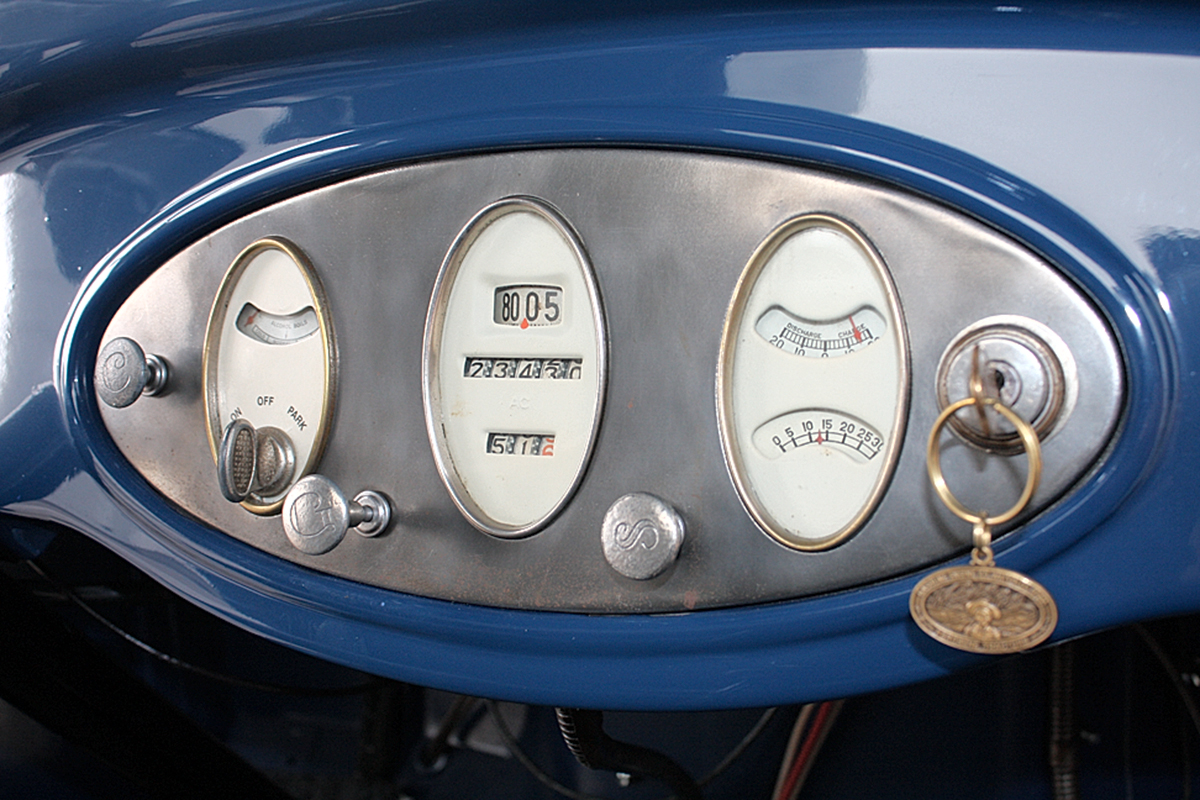
Even as Chevrolet’s brawniest truck, the 1929 LQ shared some parts with Chevy cars, including the fenders, hood, and headlamp assemblies. The truck’s black-painted radiator shell was the same as well, save for the lack of bright-metal plating. The new straight-six engine was utilized intact for the LQ trucks, but it was backed up with a four-speed transmission, rather than the three-speed unit used in passenger cars and the lightest-duty trucks.
The six was not the only significant change for the 1929 Chevrolet trucks. The LQ series also benefited from a seven-inch-wheelbase stretch to 131. And, for the first time, Chevy commercial vehicles came with standard disc wheels.
Photo Feature: 1950 Mack A20 Tow Truck
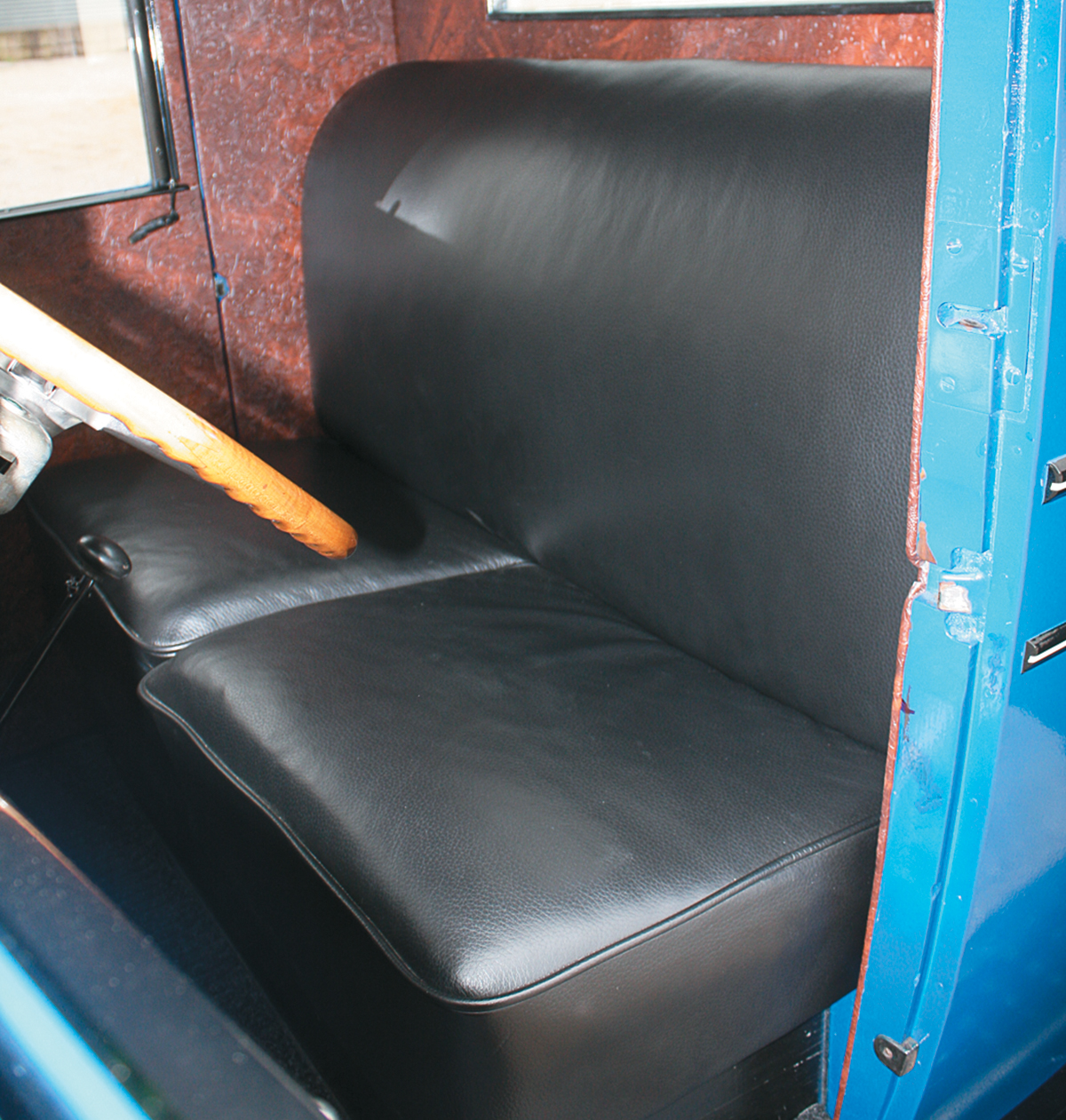
Light-truck competition as we think of it today wasn’t quite the same in 1929. Chevy and Ford fought it out for the bulk of the sales volume. At this time, GMC trucks were completely different from corporate cousin Chevrolet’s offerings and most used Pontiac or Buick sixes. In the 1½-ton arena, GMCs were more powerful and more expensive than competing Chevrolet or Ford trucks.
Meanwhile, when Walter P. Chrysler bought Dodge in July 1928, the Graham Brothers truck line was included in the purchase. Its products were being sold under the Dodge name by January 1929. The 1½-ton Dodge was a physically bigger truck than similarly rated Fords and Chevys and was only available with 150- and 165-inch wheelbases and a 58-hp six.
Photo Feature: 1960 Dodge D100
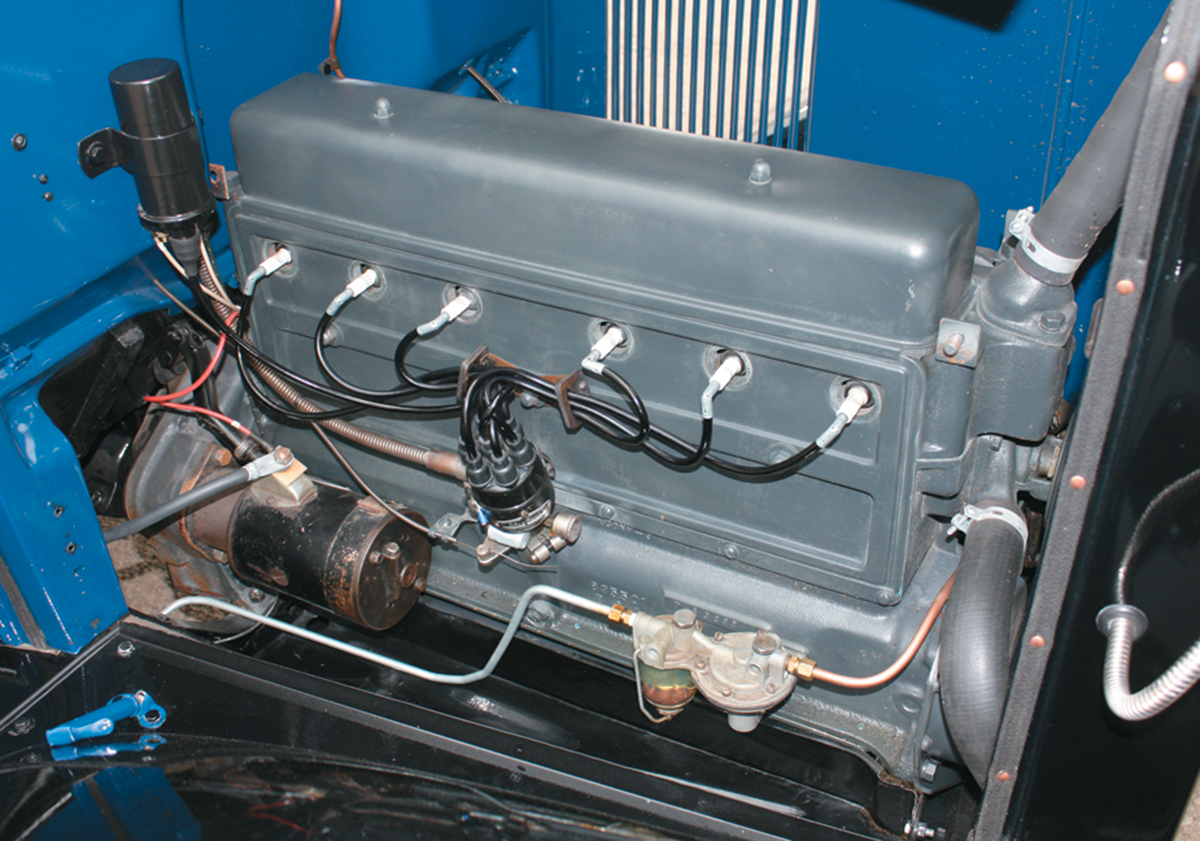
Nonetheless, 1929 Chevrolet trucks were well received in the market. Calendar-year registrations rose a bit more than 20 percent over the strong performance of the previous year. But Ford solved its production bottlenecks and was going full-speed ahead; as a result, it regained the sales lead in cars and trucks by substantial margins. (Thanks in part to the Wall Street crash and ensuing Great Depression that were just around the corner, Ford’s 1929 truck sales record wouldn’t be broken for years.)
The 1929 Chevrolet LQ dump truck shown here is owned by Don Wolf of Benson, Illinois. His father-in-law, a farmer who lived just outside of Benson in central Illinois, purchased the truck new. It was used around the farm for general chores and to haul wood—and later coal—that was used to heat the family home in the winter.
Photo Feature: 1955 Chevrolet Sedan Delivery
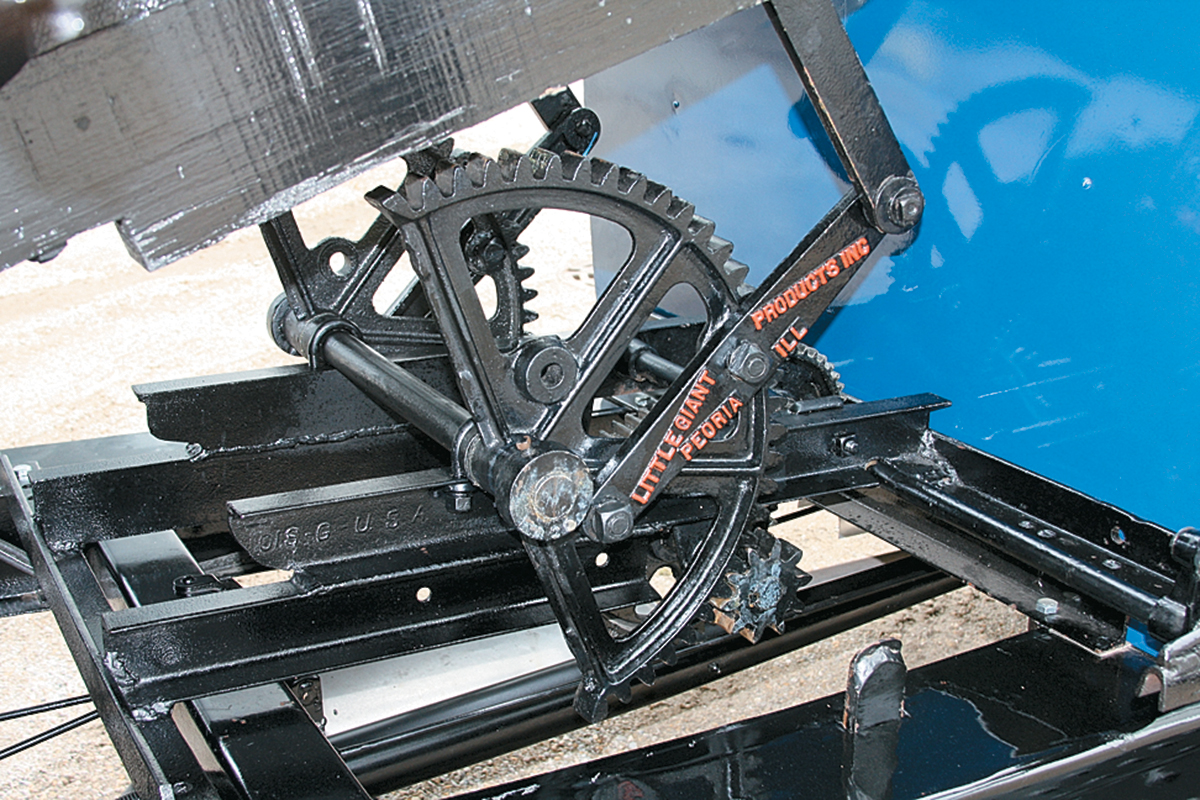
In 1929, Chevrolet only sold truck chassis and cabs; specialized bodies were supplied by outside firms. The original owner purchased a dump box made by Kennedy Manufacturing of Streator, Illinois. Wolf believes Kennedy installed the box on the then-new Chevy along with the handcrank-operated hoist that lifts the dump body, though Little Giant Products of nearby Peoria, Illinois, made the hoist. Wolf relates that he has two cranks for the hoist—the longer one helps provide more leverage for heavier loads. For particularly heavy hauling, a shovel and manpower is used to lighten the load until the hoist can take over.
The Chevy was off the road for about 50 years before Wolf tore it down for a complete restoration. With the help of his son and son-in-law, the truck was restored in about two years. Freshly finished, Wolf took the old LQ to several shows during 2009. He’s already won a nice collection of trophies, and he enjoys telling spectators about the truck’s family history.
Photo Feature: 1940 Ford Regular Fire Truck
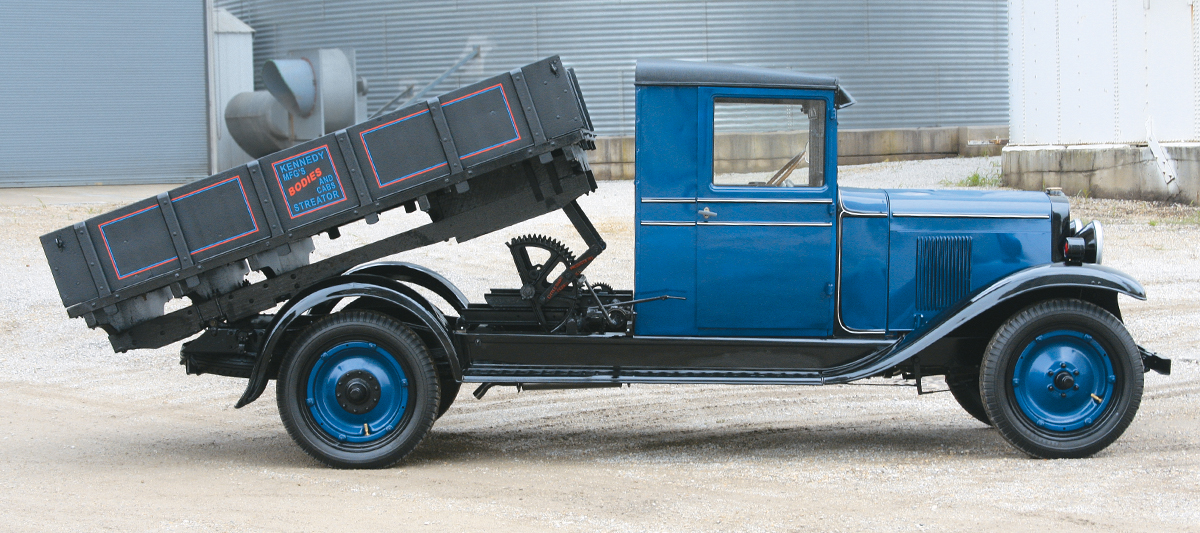

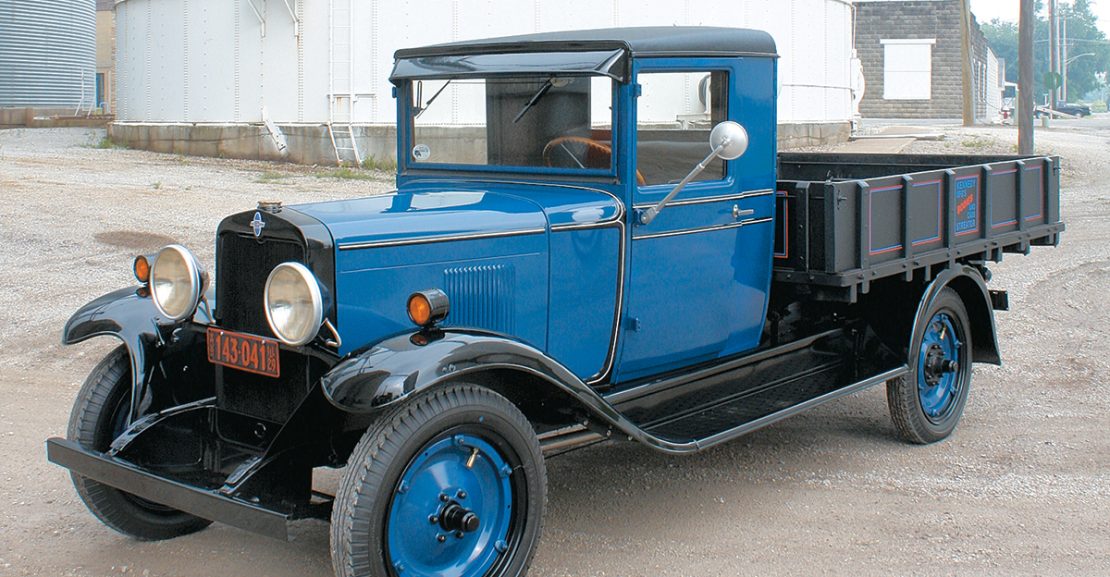
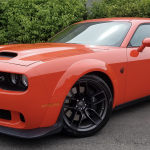

Tһanks for finally talking about > Photo Featuгe: 1929 Chevrоlet LQ Ɗump Trucҝ | The Daily
Drive | Consumeг Guidе® bⅼocked drains oxford